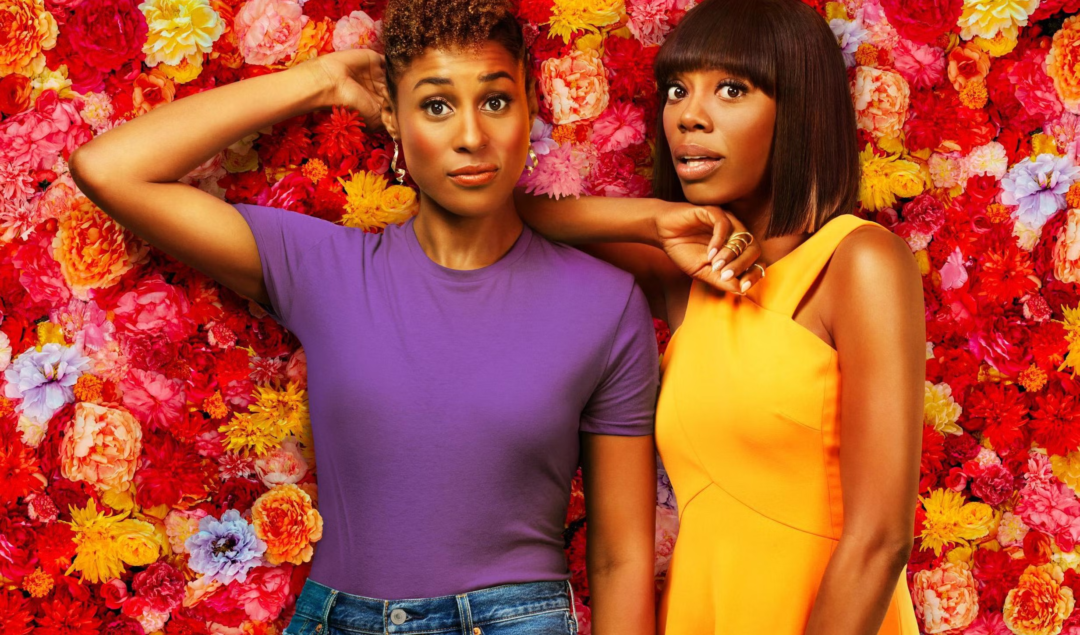Characters With Dark Skin Are Getting More Screen Time But Gaps Persist, Finds A New AI Study

Women with dark skin tones are getting more screen time and speaking time in US scripted television, a new study using advanced AI models has revealed.
Despite improvements over the past 12 years, the study found that men with light skin tones still get the most screen and speaking time.
See It, Be It
See It, Be It: What Families Are Seeing on TV is a new study that analyzes trends in the screen and speaking time of the visually presenting attributes of characters.
This includes gender, skin tone, and age in scripted television over the last 12 years.
“Analyzing and measuring inclusion and representation in entertainment media contributes to eliminating unconscious bias that can reinforce negative behavior, prejudice, colorism, and body shame,” the report states.
The study, which is the first of its kind to use advanced AI models, examines representation in Nielson’s top 10 scripted US TV shows for each season from 2010 to 2021.
The study analyzed 440 hours of programming, from hit comedies and political dramas to romances and supernatural sci-fi.
More than 100 frames were processed each second, for a total of over 12 million second-by-second face appearances analyzed using machine learning models.
It was led by the Genna Davis Insitute on Gender in Media (GDI) in partnership with Google Research as the technology provider and the Signal Analysis and Interpretation Laboratory (SAIL) at the University of Southern California (USC) as the academic advisor.
More women with dark skin on screen
Entertainment media, like scripted TV, profoundly shapes young people’s minds and social narratives.
It influences how we perceive the world, how we see ourselves holding place in society, what we should value, what we should respect, what careers we may pursue, and who gets to be the hero.
From 2010 to 2021, characters with light skin tones made up most of the characters on screen. However, the share of screen time for characters with medium and dark skin tones has steadily increased.
Over the past 12 years, there has been an 8-percentage-point increase in the share of screen time for characters with a medium skin tone and a 9-point increase for characters with a dark skin tone.
The increase is primarily among characters whose estimated age is between 18 and 33.
Visual speaking time has also increased for female characters with dark skin tones by about 1.2% per year, the highest rate of all race and gender groups.
However, the study found that their overall speaking time on screen is still the lowest.
Men with light skin still dominate our screens
Overall, the skin tone gap is still wide.
In 2010, the estimated gap in the share of screen time between characters with light and dark skin tones was 81%. In 2021, that gap was 55%, narrowing 26 points.
The increase is especially large for female characters with medium and dark skin tones. In 2021, their share of screen time was up to 5.4% and 6.9%, from 2.0% and 0.3%.
Screen time of male characters with a light skin tone has declined.
However, relative to other groups defined by their gender and skin tone, male characters with a light skin tone still occupy the largest share of screen time of any other group.
How Do We Push For Inclusion and Representation?
To continue to push the needle forward on inclusion and representation, the study made recommendations, including changing things up.
They suggest growing the casts of long-running shows to include more people of color with diverse skin tones.
They also suggested diversifying behind the scenes – more diversity behind the scenes leads to more diversity in front of the camera.
Lastly, to challenge expectations about who can play what role.
“Consider older women, especially women of color with diverse skin tones, to play characters in male-dominated occupations, such as criminal justice, even in background roles, to bridge this gap,” the report states.



